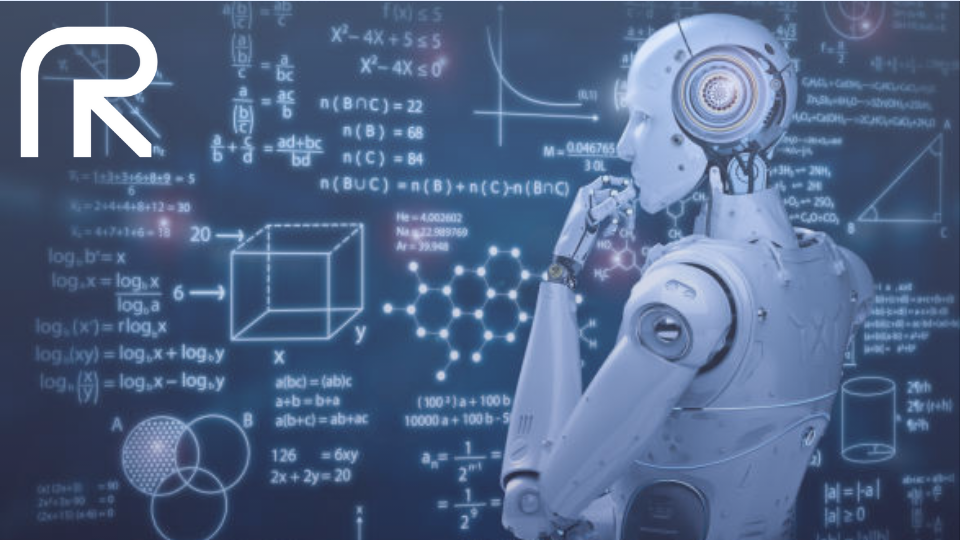LyGuide Series: Supervised and Unsupervised Machine Learning Techniques
LyGuide Jan 16, 2023 12:00:00 AM LyRise Team 2 min read

Machine learning is a field of computer science that gives computers the ability to learn without being explicitly programmed. Machine learning focuses on the development of statistical algorithms that allow computers to progressively improve their performance on a specific task by analyzing data, and the algorithms are trained with data and can, then, make predictions or decisions based on new data.
Machine learning algorithms are divided into two main groups.
There are two main types of machine learning algorithms: supervised and unsupervised.
Supervised Learning
Supervised learning algorithms are trained on a set of data that has been labelled or categorized by humans.
For example, you could have a training set consisting of information about each car in your garage (brand, model year etc). You would then feed this data into a supervised learning algorithm that would learn to predict whether or not each car can fit in your garage based on its size and dimensions. The labels for all the cars would be provided by you as part of this process; they represent whether or not each car does fit inside your garage.
The reason why these algorithms are called "supervised" is because we are providing our own labels for everything we want them to learn from; these labels help them make sense of what they're seeing so they know how best to categorize new inputs into categories that already exist within our system (such as 'fits' vs 'does not fit').
In other words, Supervised Learning uses a set of data containing input variables (X) and the corresponding output variables (Y). The goal of supervised learning is to use the training data to create a model that can generalize to new data. In practice, this means that we want our model to be able to predict Y given X, where X are examples from our dataset and Y are their corresponding labels.
Supervised Techniques
Supervised algorithms are used to predict an output variable from one or more input variables.
Supervised machine learning techniques can be used for both classification and regression problems.
Unsupervised Learning
Unsupervised learning, on the other hand, is the process of learning from data without being given the answers. It can be used for pattern recognition, classification and clustering. Unsupervised learning is used in natural language processing, computer vision and speech recognition.
Unsupervised Techniques
The goal of unsupervised machine learning is to automatically discover hidden structure in unlabeled datasets. Unsupervised learning is not about finding the right answer but rather it’s about discovering all possible answers and understanding what they are.
Takeaway
The takeaway from this article is that supervised and unsupervised machine learning techniques are powerful and useful, but they're only one part of the overall data science process. You should use the right tool for the right job and know when to use one type over another.
Machine learning is an exciting area to work in, especially for those who enjoy math, statistics, and computer science. It's also an area where your skills will be in high demand for decades to come. In this article we've taken a look at some of the most common supervised and unsupervised machine learning techniques used today by data scientists around the world.